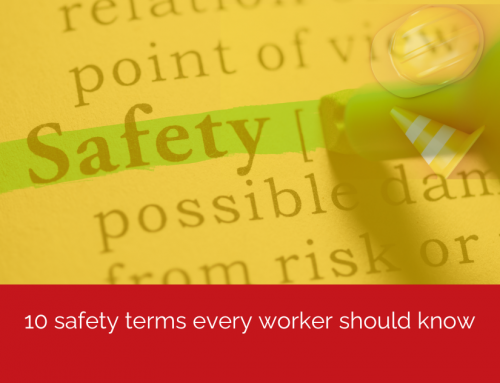
One of the most powerful tools at a leader’s disposal is skills gap analysis – a process that identifies disparities between the skills a team member presently possesses and the skills they require to excel in safety leadership or leadership roles. Find out how.
In the realm of leadership, success isn’t merely about possessing innate talents; it’s about nurturing the right skills and continuously enhancing them. In the context of safety leadership, the stakes are high and the consequences of inadequacy can be severe. Skills gap analysis can help bridge the gap.
What is a skills gap analysis?
This method involves identifying the specific knowledge, competencies, and behaviours needed for success and comparing them with the individual’s existing skill set. This analysis empowers leaders to discern where their team members are excelling and where they may need further development
Why skills gap analysis matters
Enhanced performance:
By identifying and addressing skill gaps, leaders can empower their team members to perform at their best. Competency in safety leadership directly contributes to the prevention of accidents and the creation of a secure work environment.
Employee engagement:
When employees recognise that their organisation is invested in their growth and development, they’re more engaged and motivated. This can lead to increased job satisfaction and a more positive work culture.
Risk management:
Effective safety leadership is integral to minimising workplace hazards and ensuring compliance with legislation and regulations. Addressing skill gaps in this area reduces the potential for accidents and legal complications.
Leadership development:
For leaders themselves, conducting skills gap analyses fosters self-awareness and encourages continuous improvement. It’s an opportunity for leaders to lead by example and demonstrate their commitment to growth.
How can you identify a skills gap?
The process of identifying skill gaps in safety and leadership, as well as leadership in general, is multi-faceted and involves several steps. They include:
Defining required skills:
Begin by establishing a clear understanding of the essential skills and competencies that are vital for effective safety leadership. This could encompass communication, decision-making, risk assessment, problem-solving, conflict resolution, and more.
Assessment:
Assess the skills of your team members against the defined skill set. This can be done through various methods, such as self-assessment, peer evaluation, and supervisor input. Using a combination of methods provides a comprehensive perspective on strengths and weaknesses.
Comparing skills:
Compare the skills assessed with the required skills for safety leadership. This comparison will highlight the gaps between the two, indicating areas where improvement is needed.
Setting development goals:
Once the gaps are identified, collaborate with team members to set achievable development goals. These goals should be specific, measurable, achievable, relevant, time-bound, evaluated and readjusted (SMARTER).
Tailored training and development:
Design and implement training and development programs that are tailored to address the identified gaps. These could include workshops, training courses, executive masterclasses, mentorship programs, and more.
When it comes to leadership, particularly in the realm of safety leadership, complacency is not an option. A robust skills gap analysis process serves as a compass, guiding leaders towards understanding their team members’ capabilities and where improvements are needed.
By taking proactive steps to bridge these gaps, organisations foster a culture of growth, safety, and excellence that permeates every facet of their operations.
Remember, leadership isn’t just about steering the ship; it’s about ensuring that every member of the crew has the tools they need to sail confidently through any challenge.


Safety Dimensions Skills Gap Analysis program
Our half-day Skills Gap Analysis program is facilitated to guide leaders through a series of questions and discussions relating to the behaviours and activities that a ‘successful’ safety leader displays during their day-to-day role.
Each leader will then identify their own level of safety leadership knowledge and behaviours and also specific actionable areas within which they would benefit from further support. At the end of this highly practical program, the leader will have developed a draft coaching plan for discussion with their Manager.
Want to find out more?
Call us on 03 510 0477, use the link below or email info@ldn.com.au.





